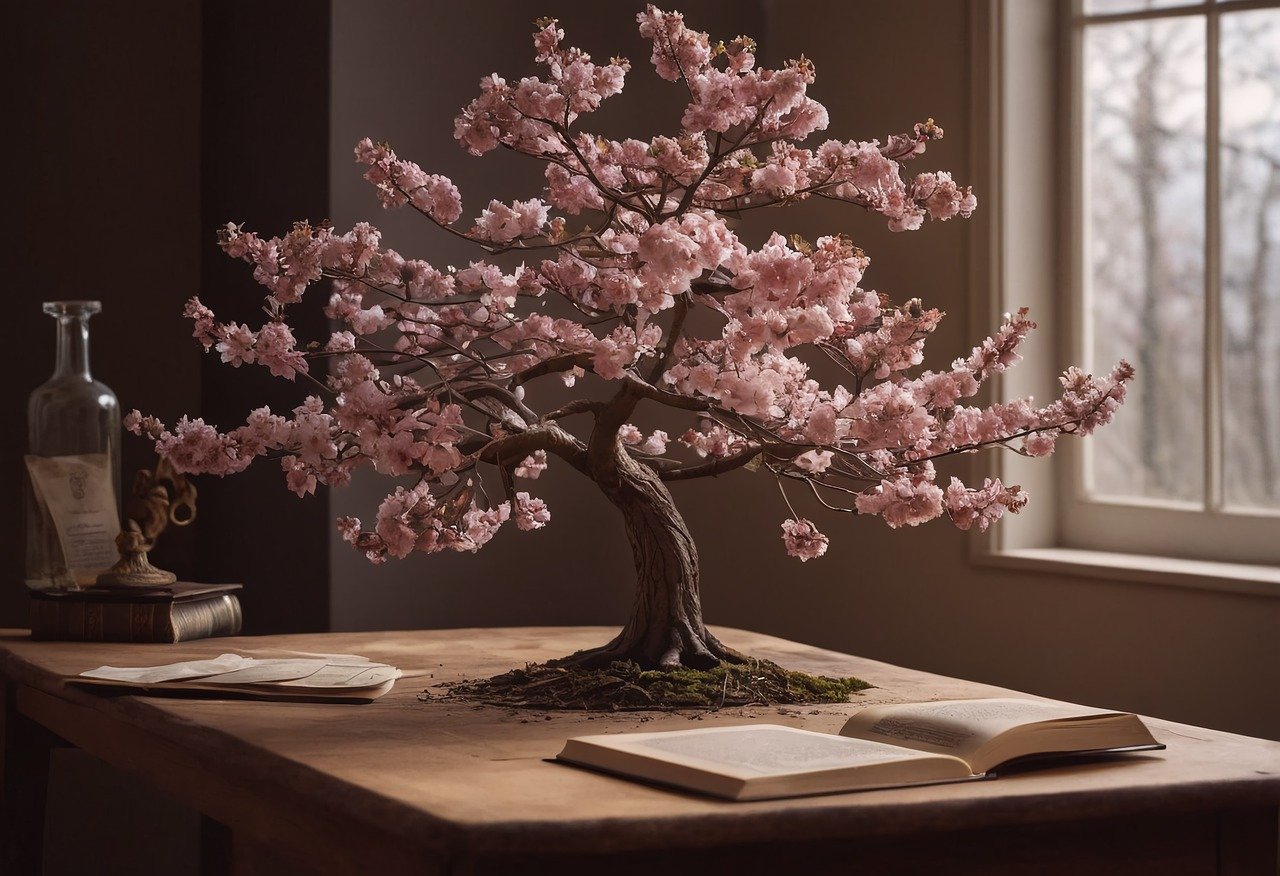what does a bonsai mean?

what does a bonsai mean?
Bonsai, a Japanese term derived from “bon” meaning tray or pot, and “sai” meaning to plant, is an ancient art form that originated in China over a thousand years ago. Often bonsai mean misunderstood as simply dwarfing trees, bonsai is much more than miniature gardening—it is an intricate blend of horticulture, artistry, and cultural tradition.
Understanding the Meaning of Bonsai
At its core, bonsai is about capturing the essence of nature in a confined space. It represents the harmony between human intervention and the natural world, encapsulating the beauty and tranquility of landscapes within a small container. Bonsai embodies the principles of balance, simplicity, and harmony, inviting practitioners to connect with nature on a profound level.
The History of Bonsai
Bonsai has a rich and storied history that spans centuries and continents. Originating in China during the Tang dynasty (618-907 CE), bonsai was initially practiced by scholars and nobility as a symbol of wealth and status. Over time, the art form spread to Japan, where it underwent further refinement and popularization among Buddhist monks and aristocrats.
The Significance of Bonsai
Bonsai holds deep cultural significance in Japanese society, where it is revered as a symbol of longevity, harmony, and balance. In Japanese culture, bonsai is often associated with Zen Buddhism, embodying the principles of mindfulness, patience, and reverence for nature. Bonsai trees are cherished as living works of art, passed down through generations as heirlooms and treasured possessions.
Cultivating Bonsai: Art and Science
Cultivating bonsai requires a delicate balance of art and science. From selecting the right tree species to shaping and pruning its branches, every aspect of bonsai cultivation demands careful attention and skill. Patience is a key virtue in bonsai cultivation, as trees must be nurtured and trained over many years to achieve their desired form and aesthetic appeal.
Care and Maintenance of Bonsai
Proper care and maintenance are essential for the health and longevity of bonsai trees. This includes regular watering, fertilization, pruning, and repotting as needed. Bonsai trees require specific environmental conditions to thrive, including adequate sunlight, humidity, and air circulation. By providing the right care and attention, bonsai enthusiasts can ensure that their trees remain healthy and vibrant for years to come.
The Artistry of Bonsai Design
Bonsai design is a highly skilled art form that requires a keen eye for aesthetics and proportion. From the graceful curves of its branches to the intricate patterns of its foliage, every aspect of a bonsai tree is carefully crafted to evoke a sense of natural beauty and harmony. Bonsai artists draw inspiration from the landscapes and seasons of their native environment, creating miniature worlds that reflect the majesty of nature in miniature.
FAQs (Frequently Asked Questions)
Q: Can anyone practice bonsai?
A: Yes, bonsai cultivation is accessible to people of all ages and skill levels. With patience, practice, and dedication, anyone can learn the art of bonsai.
Q: How long does it take to grow a bonsai tree?
A: The time required to grow a bonsai tree varies depending on the species and desired size of the tree. Some bonsai trees can be ready for display within a few years, while others may take decades to reach maturity.
Q: Do bonsai trees require special soil?
A: Yes, bonsai trees thrive in well-draining soil mixtures that provide adequate moisture retention and aeration for healthy root development.
Q: Can bonsai trees be grown indoors?
A: Yes, certain species of bonsai trees can be grown indoors, provided they receive sufficient light, humidity, and air circulation.
Q: What tools are needed for bonsai cultivation?
A: Basic bonsai tools include pruning shears, wire cutters, concave cutters, and root hooks, among others. These tools are essential for shaping, pruning, and maintaining bonsai trees.
Q: Are bonsai trees considered living art?
A: Yes, bonsai trees are often referred to as living art due to their aesthetic beauty, cultural significance, and the artistic skill involved in their cultivation.
Conclusion
Bonsai is more than just a hobby—it is a timeless art form that celebrates the beauty and resilience of nature. From its origins in ancient China to its revered status in Japanese culture, bonsai embodies the principles of balance, harmony, and mindfulness. By understanding the what does a bonsai means, history, and significance, enthusiasts can cultivate a deeper appreciation for this enduring art form.





